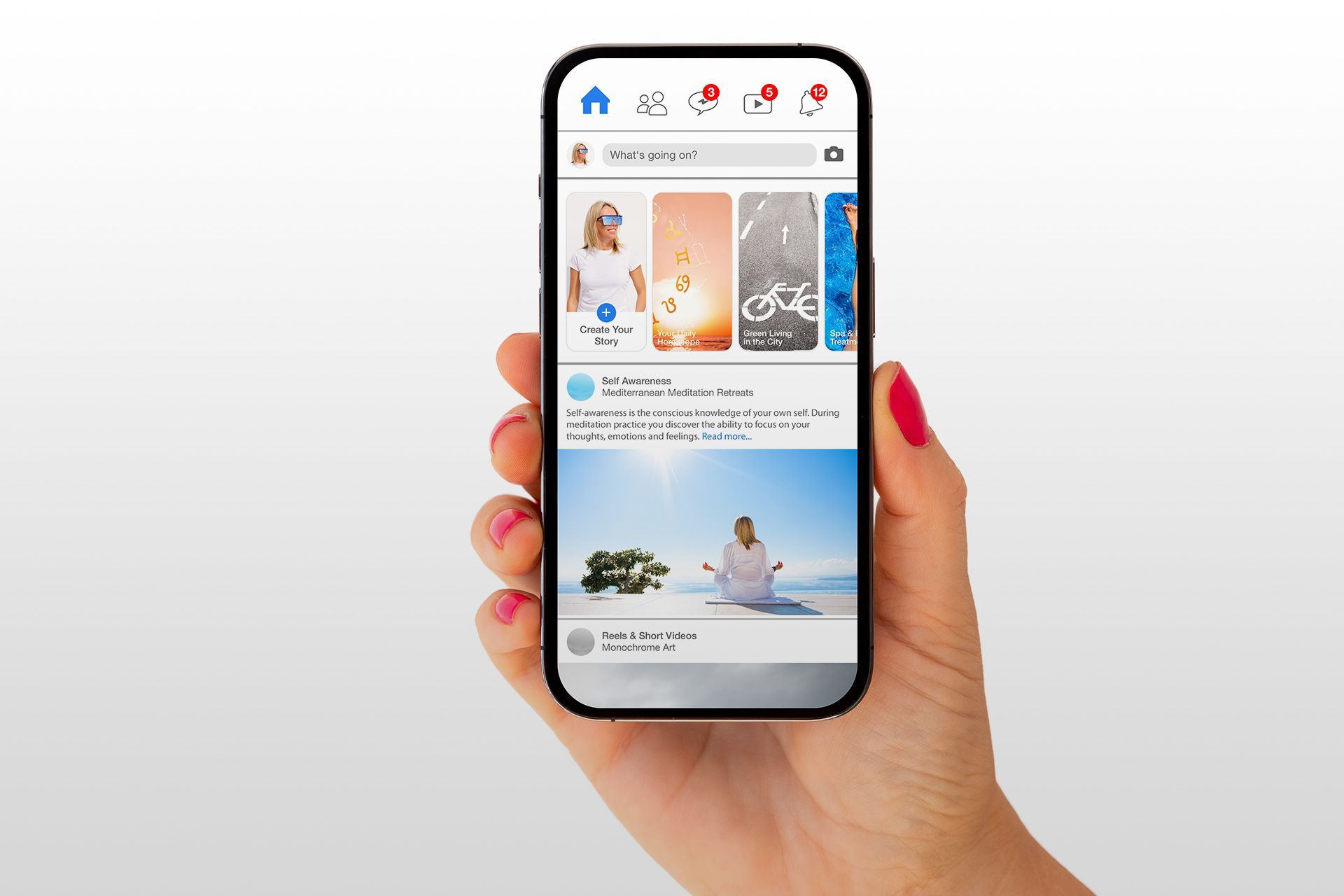Can You Do SEO Yourself? Yes! Learn DIY SEO Now

Search engine optimization (SEO) is essential for businesses and websites to attract more visitors. But can you do SEO yourself? The answer is yes! With the right knowledge and tools, you can improve your website’s ranking on search engines like Google. This guide will walk you through DIY SEO, covering everything from keyword research to technical SEO.
What is SEO and Why Does It Matter?
SEO is the process of optimizing your website so that it ranks higher on search engine results pages (SERPs). When people search for products, services, or information related to your business, you want your website to appear at the top of the results.
Good SEO helps you:
- Increase organic (free) traffic
- Build brand credibility
- Improve user experience
- Outrank competitors
SEO might seem complex, but by breaking it down into simple steps, you can optimize your website without hiring an expert.
Step-by-Step Guide to DIY SEO
1. Keyword Research: Finding the Right Search Terms
Keywords are the words and phrases people type into search engines, and
keyword research helps you use the right keywords in your content to rank well.
How to Find Keywords:
- Use Google Autocomplete: Start typing a keyword into Google and see what suggestions appear.
- Check Google’s “People Also Ask”: These questions can give you ideas for blog topics and content.
- Use free keyword tools like Google Keyword Planner, Ubersuggest, or AnswerThePublic.
- Look at competitor websites: See what keywords they are ranking for using tools like Ubersuggest or Ahrefs (free version).
Where to Use Keywords:
- Page titles and headings
- Meta descriptions
- URLs
- Image alt text
- Naturally within your content (avoid keyword stuffing)
2. On-Page SEO: Optimizing Your Content
On-page SEO involves improving individual pages to make them more search-engine-friendly.
How to Optimize Your Pages:
- Write High-Quality Content: Your content should be useful, engaging, and easy to read.
- Use Headings Properly: Use H1 for the main title, H2 for subheadings, and H3 for smaller sections.
- Optimize Images: Compress images for faster loading and use descriptive alt text.
- Improve Readability: Use short paragraphs, bullet points, and subheadings.
3. Technical SEO: Making Your Site Faster and More User-Friendly
Technical SEO ensures that search engines can crawl and index your site properly.
Key Technical SEO Fixes:
- Improve Site Speed: Use Google’s PageSpeed Insights to check load time. Compress images and use caching to speed up your site.
- Make Your Site Mobile-Friendly: Use Google’s Mobile-Friendly Test to ensure your site works well on phones and tablets.
- Fix Broken Links: Broken links can harm SEO. Use free tools like Broken Link Checker to find and fix them.
- Use HTTPS: A secure website (with SSL) ranks better than an insecure one.
4. Off-Page SEO: Building Authority with Backlinks
Off-page SEO includes actions taken outside your website to improve its authority.
How to Get Backlinks:
- Guest Blogging: Write for other blogs and link back to your site.
- Share on Social Media: Promote your content on Facebook, Twitter, and LinkedIn.
- List Your Business: Submit your website to directories like Google My Business, Yelp, and Bing Places.
- Get Reviews: Ask happy customers to leave reviews on Google and other platforms.
5. Local SEO: Ranking for Location-Based Searches
If you have a local business,
local SEO helps you appear in searches like “best coffee shop near me.”
Local SEO Tips:
- Claim and optimize your Google My Business (GMB) listing.
- Use local keywords (e.g., “Miami digital marketing agency”).
- Get local backlinks from directories, newspapers, and blogs.
6. Monitoring and Improving SEO
SEO is an ongoing process. Track your progress using free tools:
- Google Analytics: See where your visitors are coming from and what pages they visit.
- Google Search Console: Check for website errors and keyword performance.
- Ubersuggest: Get insights into rankings and keyword performance.
Common SEO Mistakes to Avoid
- Ignoring Mobile Optimization: Google ranks mobile-friendly websites higher.
- Keyword Stuffing: Using too many keywords can make your content unreadable.
- Skipping Meta Descriptions: These short descriptions help users decide whether to click on your page.
- Neglecting Internal Links: Linking to other pages on your site improves navigation and SEO.
- Not Updating Content: Keep your content fresh and relevant.
Conclusion
Yes, you can do SEO yourself! By following these DIY SEO steps, you can boost your website’s rankings, attract more visitors, and grow your business. Stay consistent, keep learning, and watch your site improve over time.
Need expert help with SEO? Contact
Oamii today!
Disclaimer: The information on this website and blog is for general informational purposes only and is not professional advice. We make no guarantees of accuracy or completeness. We disclaim all liability for errors, omissions, or reliance on this content. Always consult a qualified professional for specific guidance.
Search
Recent Posts
Contact Us
Contact Us
We will get back to you as soon as possible.
Please try again later.
Let's Grow Your Brand
Menu
Industries
Services
Others
Address
6742 Forest Blvd No. 336, West Palm Beach, FL, 33413, USA.
Working Hours
Mon to Fri - 9AM to 5PM
All Rights Reserved. Website Designed & Managed by Oamii.








